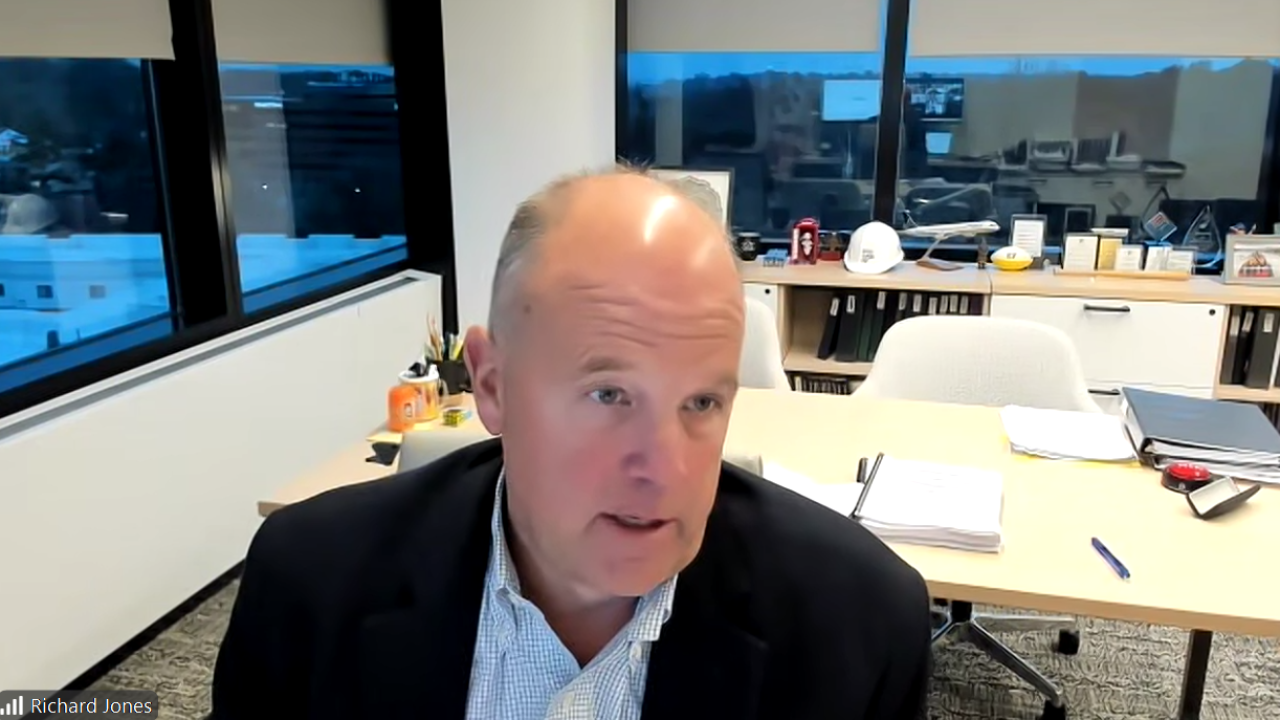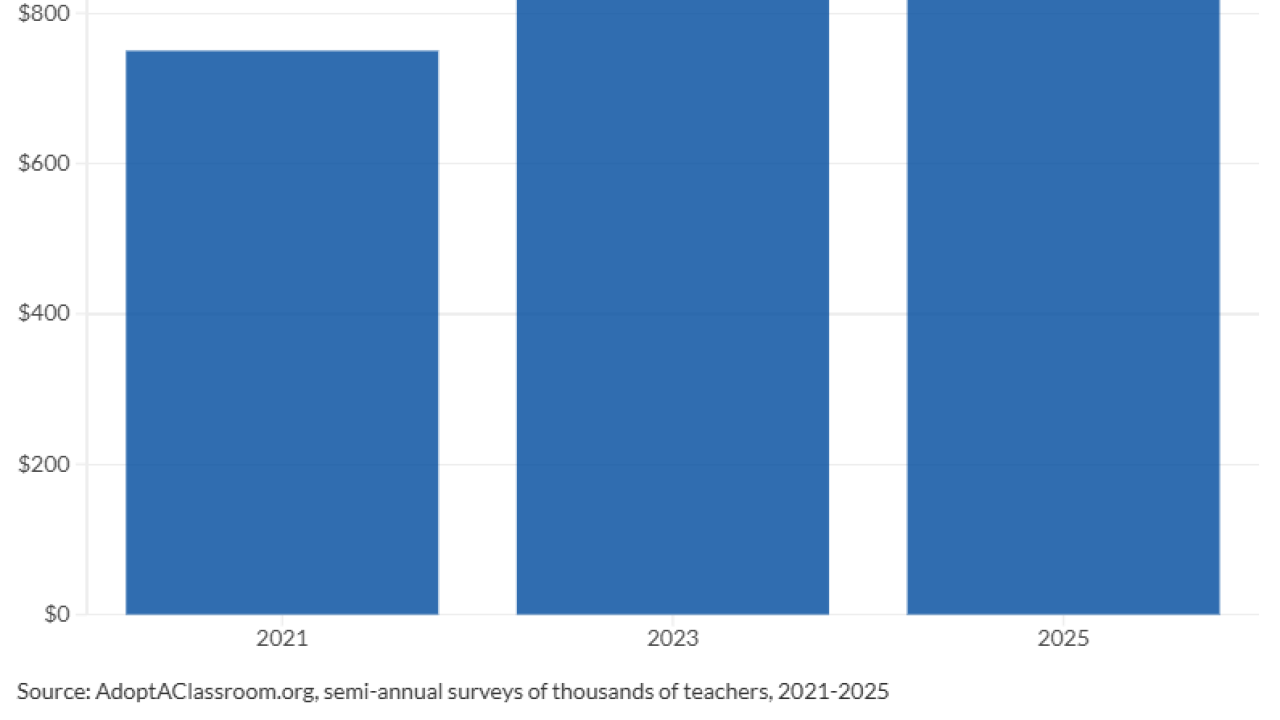Private sector employment grew by 177,000 jobs in August, as annual pay climbed 5.9%, payroll processor ADP reported Wednesday.
ADP's
"This is a month where we've seen the hiring that has defined the post-pandemic recovery go from exceptional to sustainable," said ADP chief economist Nela Richardson during a conference call Wednesday with reporters. "For this particular market, going back to typical hiring is breaking news because it's been so extraordinary for so long. I think what we'll see going forward, when you look at other indicators, whether it's jobless claims or job openings, you're seeing a market that has matured after a big hit taken by the pandemic. Going forward, what we hope is that we continue to see this kind of solid, but sustainable job growth."

People who stayed at their jobs experienced a year-over-year pay increase of 5.9%, the slowest growth since October 2021. For those who changed jobs, pay growth also decelerated to 9.5%. For the first time, all 50 states and Washington, D.C., experienced a slowdown in pay growth. For job stayers in the professional and business services sector, the rate was 5.8%.
"That sector is quite diverse," said Richardson. "You have the higher-skilled professional and business services, like accounting, and then office support workers. This might be another structural change. Even though we're past the pandemic, the imprint of the pandemic is going to stay with us for a very long time. One of those instances is the return of remote work versus people going into the office. In that sense, the numbers that you see represented here are maybe a departure from historical trends because there are going to be fewer workers needed to support the return to work sites. That's a pivot that we should be watchful for as we look at this number, but it is also consistent with the decline in wage growth that we've seen across services."
She noted that the professional and business services sector is also the sector with the highest number of new employees. "If you look at professional and business services, 22% of that industry historically is employees that have been hired in the last three months. It's an industry like leisure and hospitality, and like education and health services, that need a steady stream of new workers to constantly replenish. If you look at a world where there's labor shortages in steep pockets of the economy, including accounting, that inflow might be vulnerable post pandemic because of all the other factors that we're seeing with demographic trends and labor skill trends. That's a sector that's going to feel the pandemic effects for a while, but also other trends long in the making, like remote work and an aging population."





